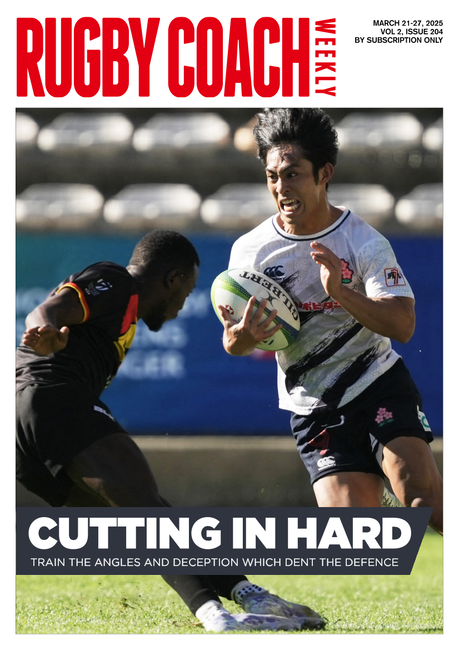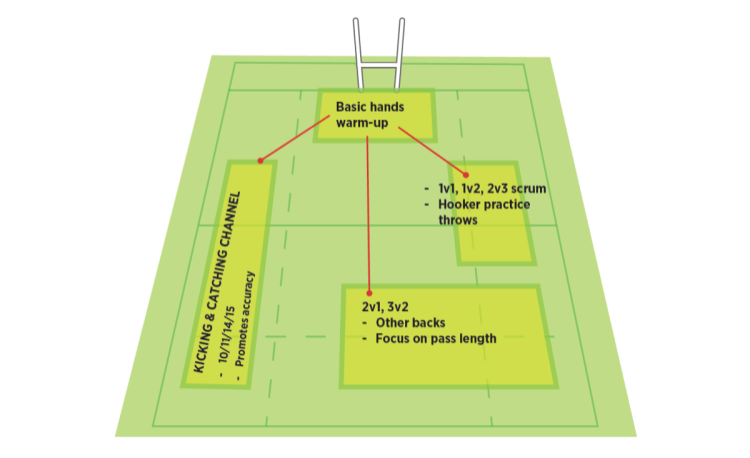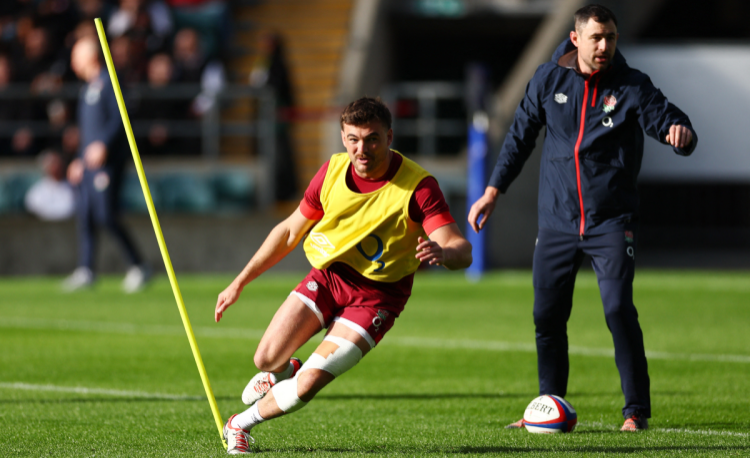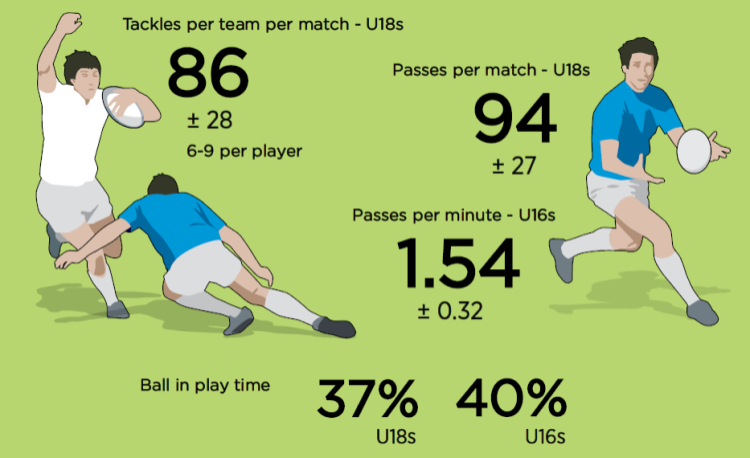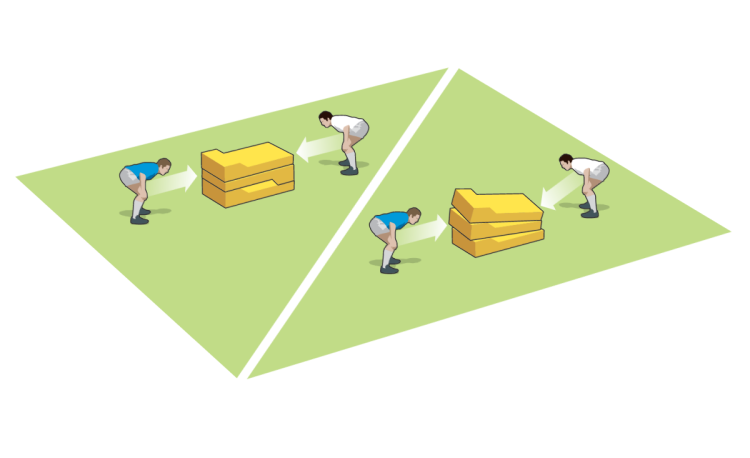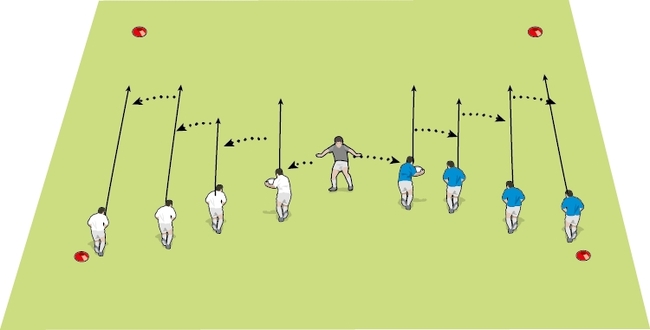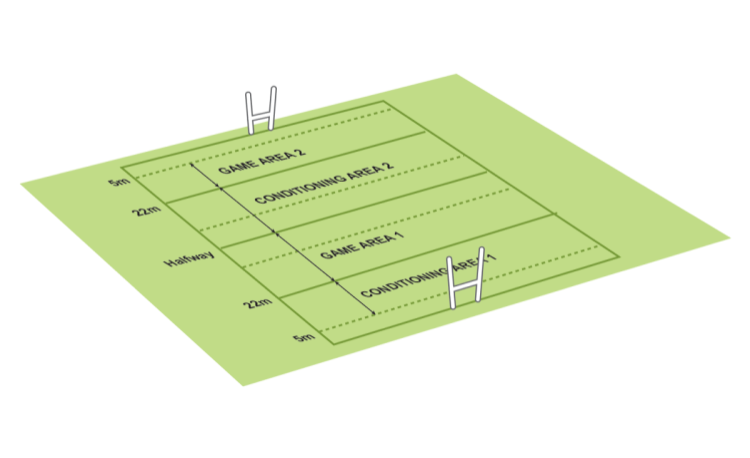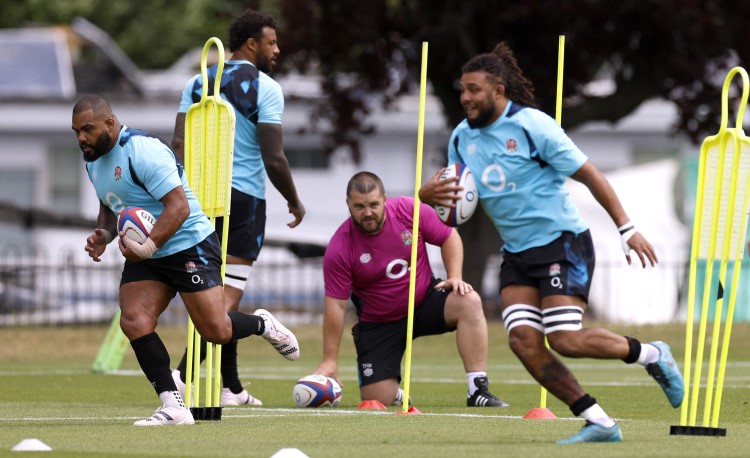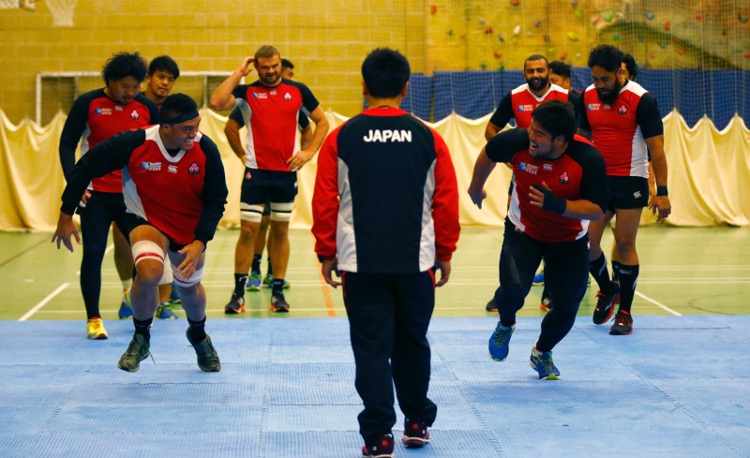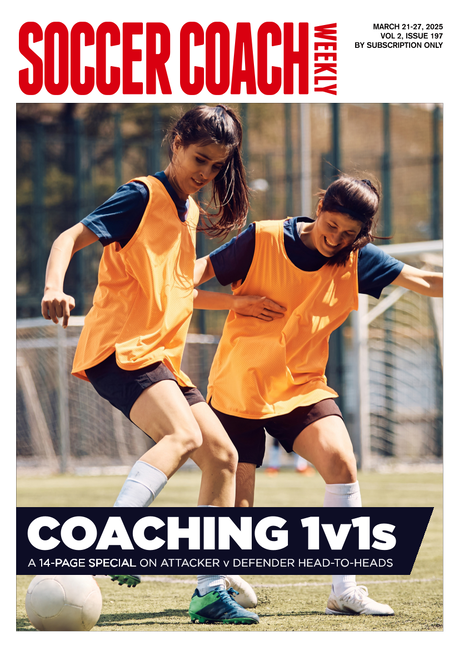Rugby drills and planning tips for fitness training
Fitness & Conditioningby Dan Cottrell
The phrase "It is never too late to start planning" can be an annoying one, I know, because there's also seldom enough time to start planning! But let's say you do find a rare moment of calm, then it is worth knowing what to do next.
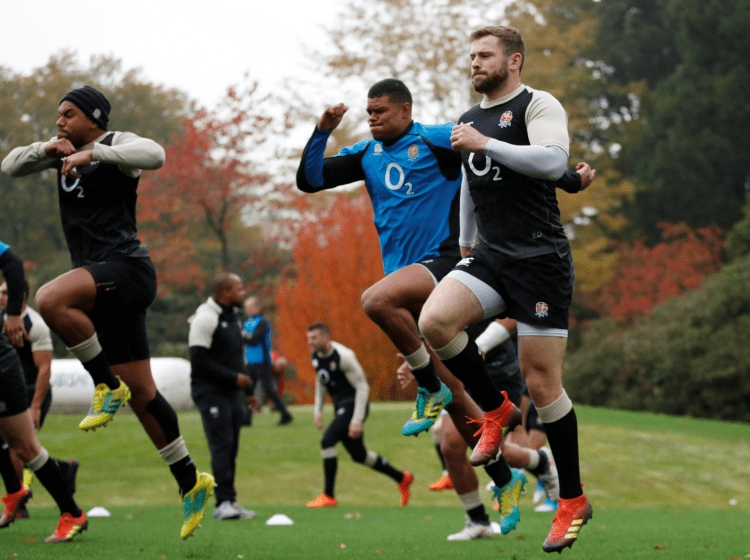
The professionals do it and it makes sense for you to do it too. However, I have seen too many "specific" training programmes to know that one size does not fit all. Instead it is better to have some themes to build your rugby coaching drills around.
Not everyone has access to sophisticated weight-training equipment and, if you are running a youth rugby team, the benefits of weight training are not conclusive.
1. Interval training – running: Do an intense work out rugby drill for 30 seconds followed by a short rest period. Running the length of the pitch and back to the half way, before walking back to the try line 10 times is an example of the kind of rugby drill to try.
2. Interval training – high intensity physical work: Run, wrestle, run, rest. Pair up your forwards. Start both at the half way line, run them in opposite directions to the 22m lines, and back again to scrum against one another or wrestle each other to the ground. Let them do the drill for five seconds before having them repeat their runs and resting.
1. Interval training drill – running: Do an intense work out rugby drill as for the forwards, but making sure they sprint always. Consequently, give the backs longer rest periods.
Straight sprints could be mixed up by running shorter distances with more turns. Some of the drill could include the ball.
2. Interval training drill – high intensity physical work: While the backs would certainly benefit from the forwards "run and wrestle" drill, they would be better employed doing drills that work on other aspects of their fitness. The fact is the backs just don't need to be as fit as the forwards.
Rugby is a multi-directional, multi-activity, multi-sprint sport. A rugby player is required to run, side step, fall over, get up, wrestle, tackle, pass, kick, among other things. This is not the preserve of a sprinter or a long-distance runner.
Therefore, though both forms of running are important as part of a wider programme of fitness, they are not the total fitness effort. Mid-season is not the time to put in a couple of mega laps of the pitch or look again at the sprinting technique. Save these sort of rugby drills for pre-season training.
Order a copy of Rocket Rugby to supercharge your players' rugby fitness.
Click here for more rugby coaching tips to help you tailor fitness plans for your players.

Planning your players' fitness programmes
The professionals do it and it makes sense for you to do it too. However, I have seen too many "specific" training programmes to know that one size does not fit all. Instead it is better to have some themes to build your rugby coaching drills around.
Not everyone has access to sophisticated weight-training equipment and, if you are running a youth rugby team, the benefits of weight training are not conclusive.
Forwards
1. Interval training – running: Do an intense work out rugby drill for 30 seconds followed by a short rest period. Running the length of the pitch and back to the half way, before walking back to the try line 10 times is an example of the kind of rugby drill to try.
2. Interval training – high intensity physical work: Run, wrestle, run, rest. Pair up your forwards. Start both at the half way line, run them in opposite directions to the 22m lines, and back again to scrum against one another or wrestle each other to the ground. Let them do the drill for five seconds before having them repeat their runs and resting.
Backs
1. Interval training drill – running: Do an intense work out rugby drill as for the forwards, but making sure they sprint always. Consequently, give the backs longer rest periods.
Straight sprints could be mixed up by running shorter distances with more turns. Some of the drill could include the ball.
2. Interval training drill – high intensity physical work: While the backs would certainly benefit from the forwards "run and wrestle" drill, they would be better employed doing drills that work on other aspects of their fitness. The fact is the backs just don't need to be as fit as the forwards.
Rugby is a multi-directional, multi-activity, multi-sprint sport. A rugby player is required to run, side step, fall over, get up, wrestle, tackle, pass, kick, among other things. This is not the preserve of a sprinter or a long-distance runner.
Therefore, though both forms of running are important as part of a wider programme of fitness, they are not the total fitness effort. Mid-season is not the time to put in a couple of mega laps of the pitch or look again at the sprinting technique. Save these sort of rugby drills for pre-season training.
Order a copy of Rocket Rugby to supercharge your players' rugby fitness.
Click here for more rugby coaching tips to help you tailor fitness plans for your players.
Newsletter Sign Up
Coaches Testimonials

Gerald Kearney, Downtown Las Vegas Soccer Club

Paul Butler, Florida, USA

Rick Shields, Springboro, USA

Tony Green, Pierrefonds Titans, Quebec, Canada
Subscribe Today
Be a more effective, more successful rugby coach
In a recent survey 89% of subscribers said Rugby Coach Weekly makes them more confident, 91% said Rugby Coach Weekly makes them a more effective coach and 93% said Rugby Coach Weekly makes them more inspired.
Get Weekly Inspiration
All the latest techniques and approaches
Rugby Coach Weekly offers proven and easy to use rugby drills, coaching sessions, practice plans, small-sided games, warm-ups, training tips and advice.
We've been at the cutting edge of rugby coaching since we launched in 2005, creating resources for the grassroots youth coach, following best practice from around the world and insights from the professional game.


